3D-printed structures can be built inside synthetic cells without opening or damaging them.
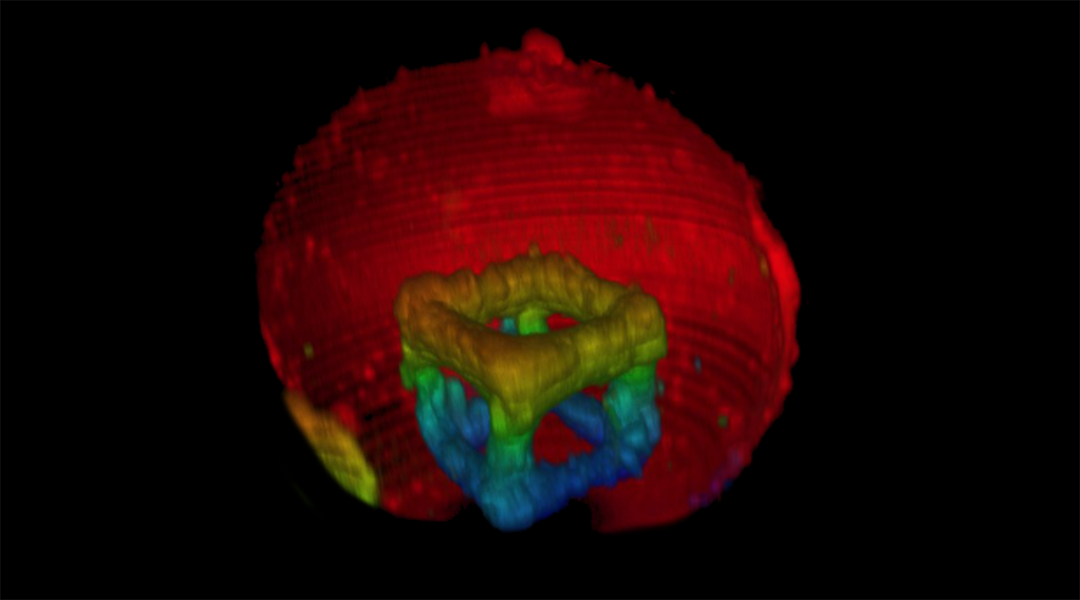

3D-printed structures can be built inside synthetic cells without opening or damaging them.

Artificial cells with specialized internal chemistries could revolutionize how we approach precision medicine.
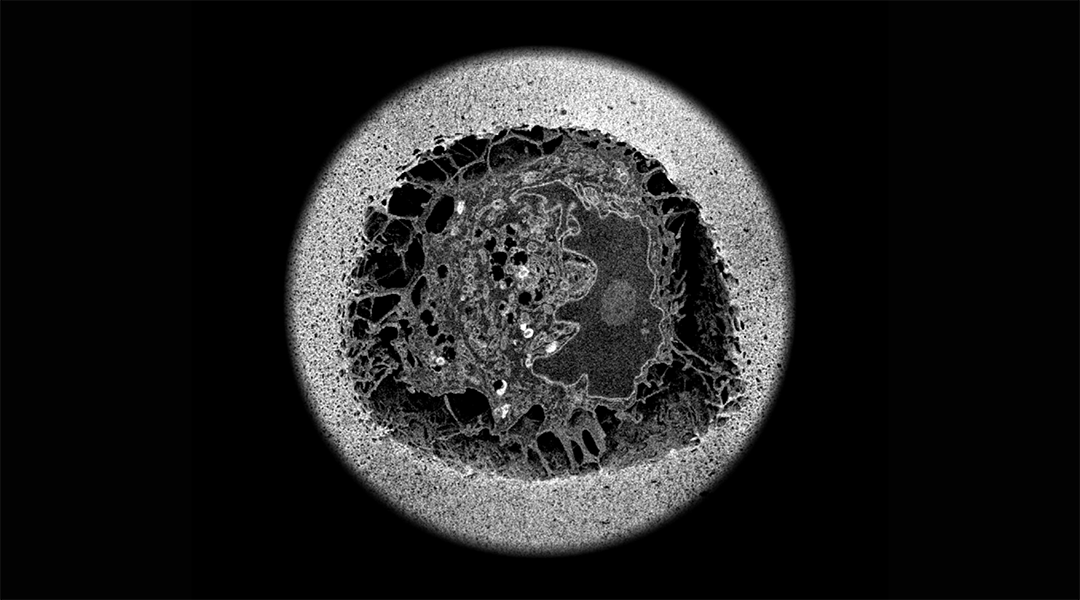
A natural chemical tether helps researchers attach cells to inert biomaterials for better cell models and therapies.
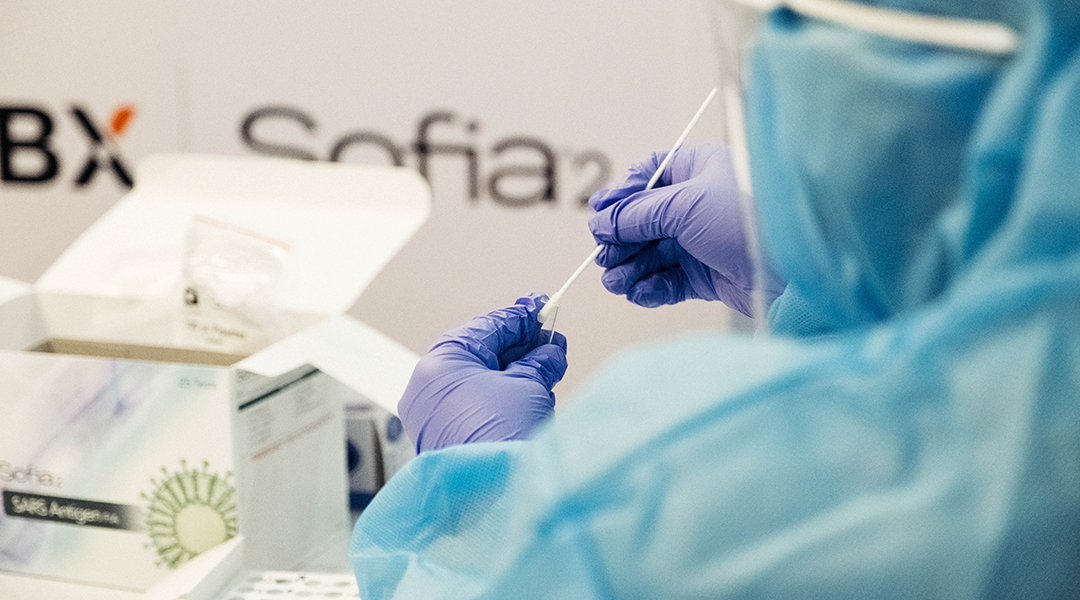
With SARS-CoV-2 continuing to circulate, new oral antivirals promise to be game changers in helping to end the pandemic.

By using the advantage of hybrid nanomaterials, researchers may have unlocked a new pharmacological route for treating degenerative diseases.

Specially designed microrobots could help clean plastic waste from water systems.
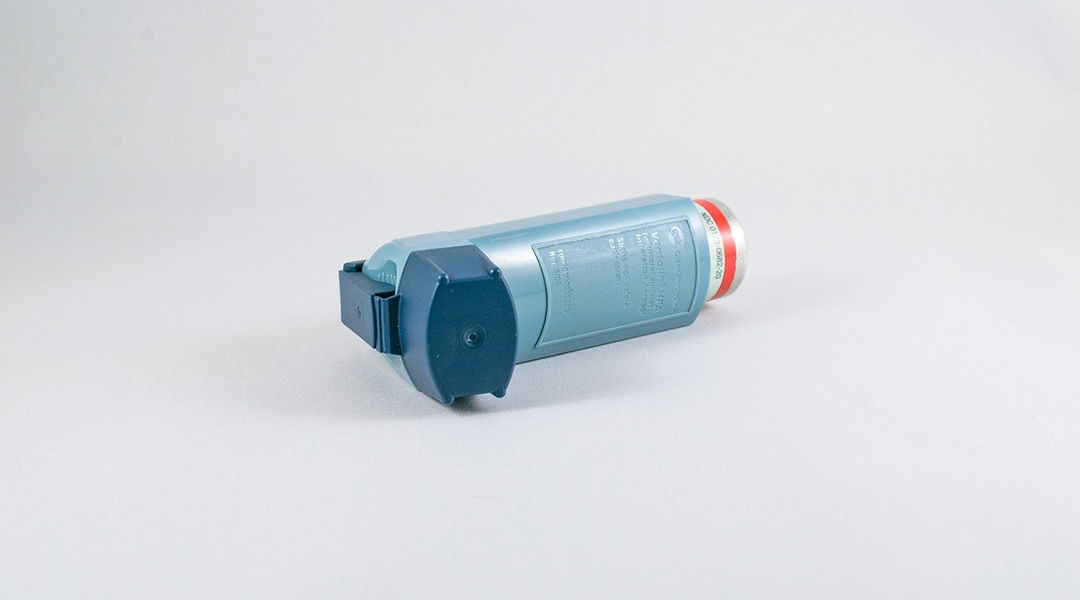
A new technology designed to target allergic asthma could provide more efficient means of delivery and treatment straight to the source of inflammation.
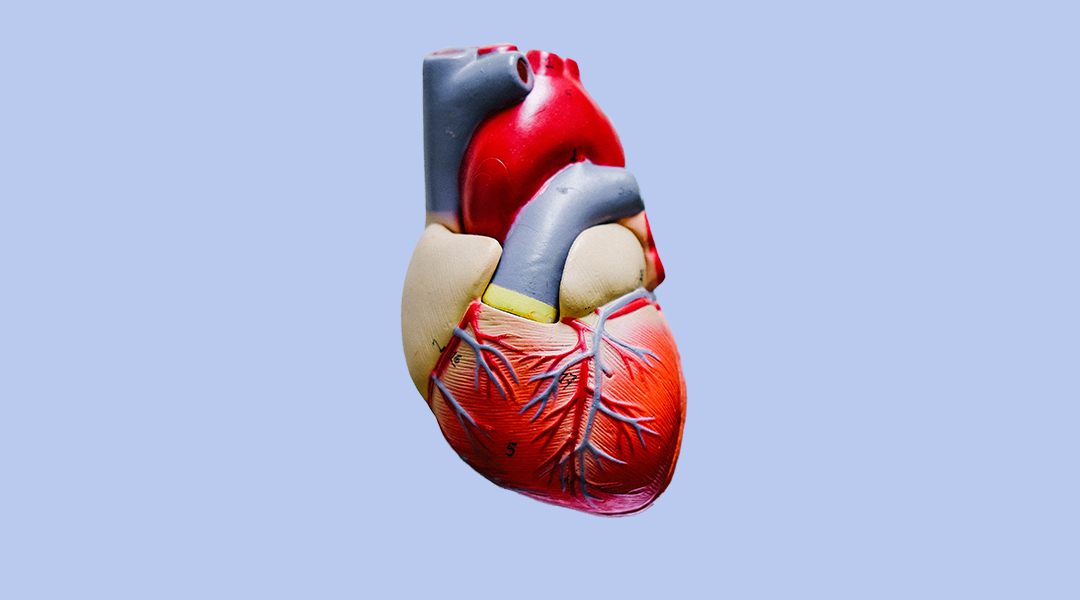
Researchers have created an improved material for arterial stents, which could alleviate the symptoms of coronary artery disease and reduce the risk of heart attack in patients.
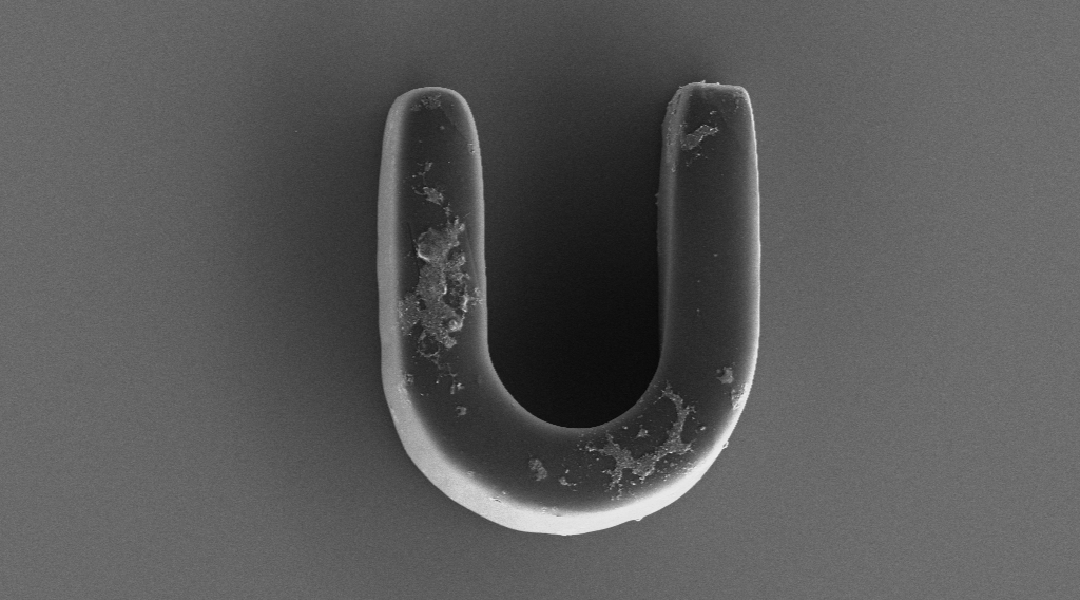
Tiny swimmers shaped like different letters in the alphabet help researchers understand motion on the microscale for future microrobot applications.
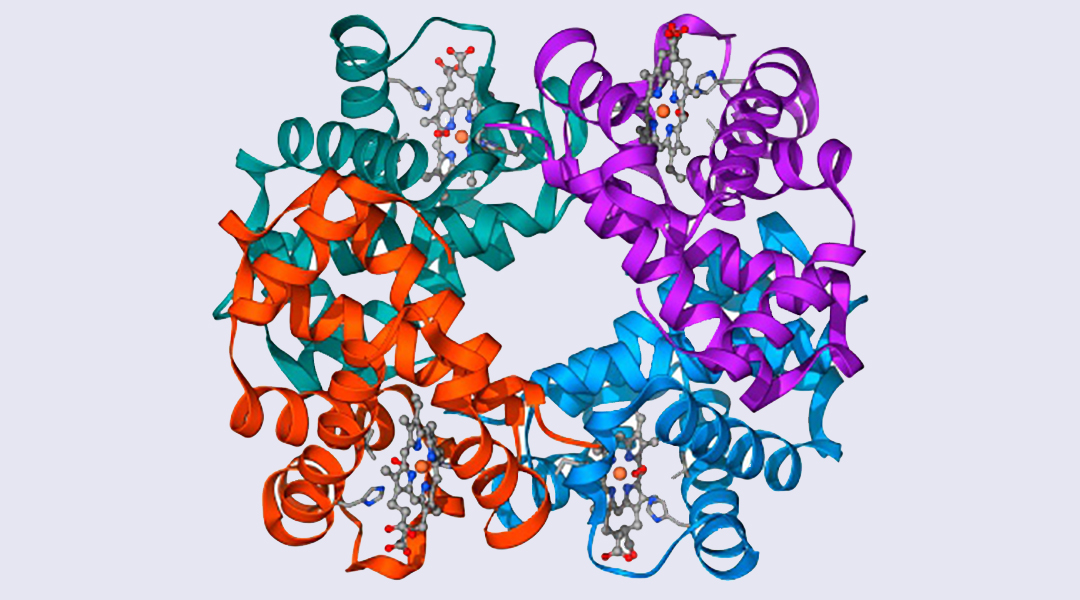
This will be one of the most important datasets since the mapping of the Human Genome, say experts.